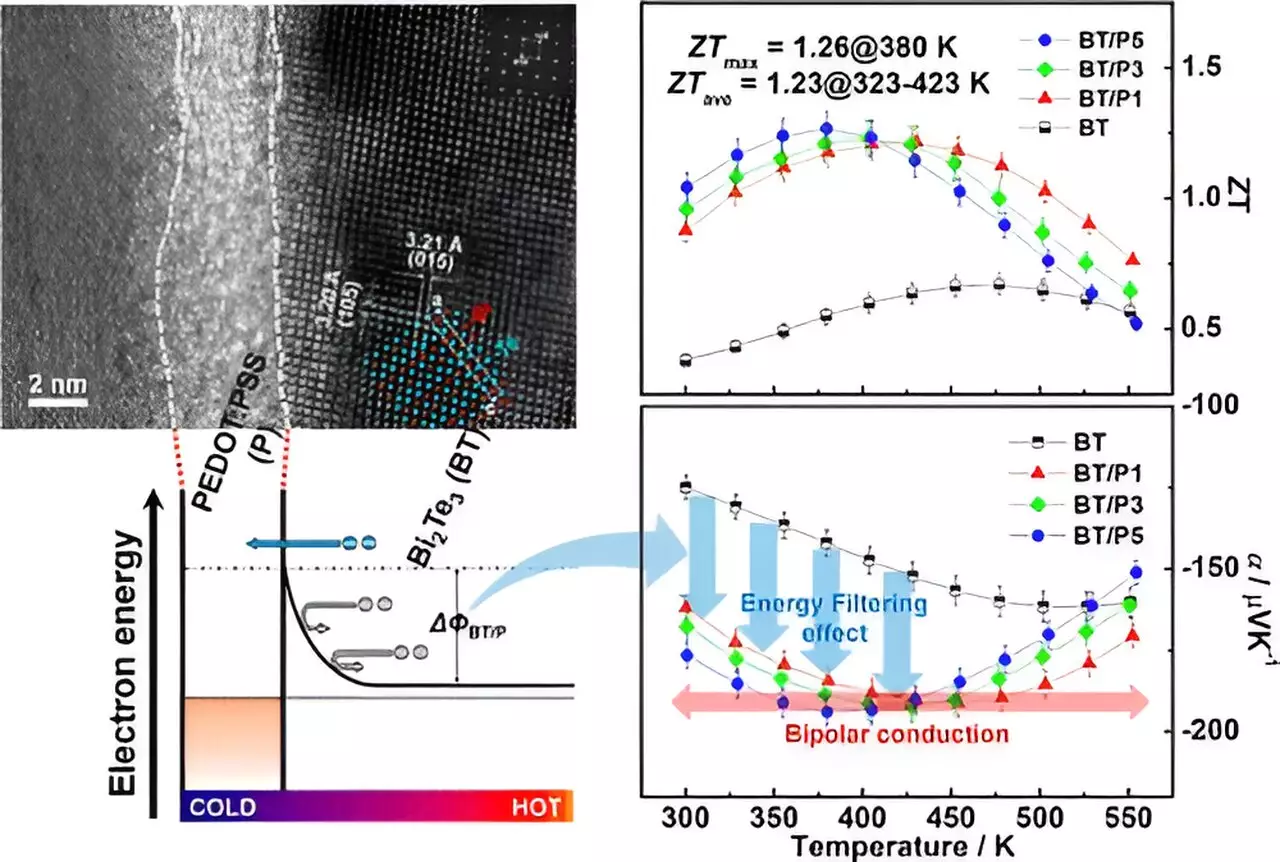Thermoelectric technology has long been hailed as a sustainable and environmentally-friendly way to convert waste heat into electricity. Its applications are diverse, ranging from traditional industries to cutting-edge new technologies. However, despite its potential, the efficiency and flexibility of thermoelectric materials have remained a persistent challenge.
A groundbreaking research team at the Nano Convergence Research Department, under the leadership of Principal Researcher Kim Cham, has developed an innovative solution to the efficiency and flexibility issues plaguing thermoelectric technology. By creating an inorganic-organic thermoelectric composite, the team has been able to maximize the performance of thermoelectric materials while also reducing production costs.
The key to this breakthrough lies in the combination of traditional inorganic thermoelectric materials with conductive polymers. This unique blend not only enhances the efficiency of thermoelectric materials but also increases their flexibility. The team has successfully overcome technical challenges in the manufacturing process, ensuring a uniform phase and high density of the composite material.
The inorganic-organic thermoelectric composite developed by the research team not only exhibits superior thermoelectric properties but also offers promising cost reduction benefits. This advancement has the potential to revolutionize the way we harness waste heat and generate electricity, making thermoelectric technology more viable and accessible in a wide range of applications.
Principal Researcher Kim Cham, whose leadership was instrumental in this project, envisions a future where eco-friendly energy technologies, such as thermoelectric technology, play a pivotal role in our transition to a more sustainable energy landscape. Through this innovative research, the team has laid the foundation for a new era of thermoelectric technology that promises to be more efficient, flexible, and cost-effective than ever before.
The development of the inorganic-organic thermoelectric composite represents a significant step forward in the advancement of thermoelectric technology. With its potential to address longstanding efficiency and flexibility challenges, this breakthrough has the power to reshape the energy landscape and pave the way for a more sustainable future.


Leave a Reply